Ancient battlefields and warrior cultures have left their mark on landscapes across the world. These historic sites preserve the legacy of legendary fighters, from Roman legionaries to samurai warriors. Modern visitors can walk the same grounds where armies once clashed, and civilizations rose and fell through combat.
Here is a list of 20 remarkable locations where you can experience the heritage of ancient warriors firsthand, each offering unique insights into historical combat and warrior cultures.
Thermopylae Pass

This narrow coastal passage in Greece witnessed the legendary last stand of 300 Spartans against the Persian army in 480 BCE. The ancient coastline has shifted due to geological changes, though markers show the original battlefield location.
Modern visitors can climb the same hills where Spartan warriors held their position for three crucial days. The site features a memorial to King Leonidas and his men, marked by a bronze statue of the Spartan leader.
The nearby museum contains artifacts from the battle and explanations of ancient Greek warfare techniques.
Hadrian’s Wall
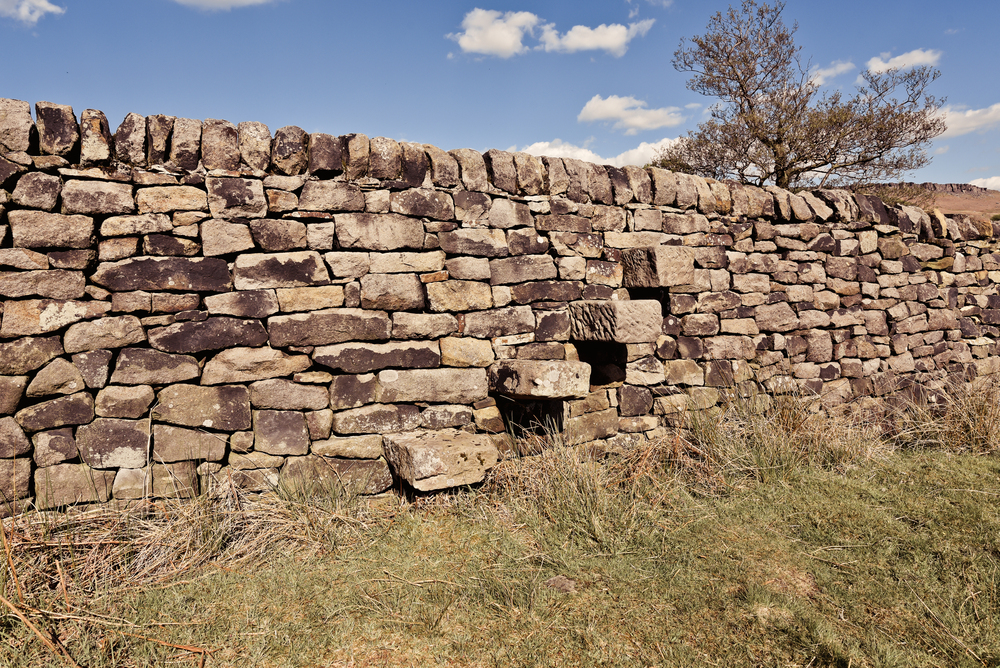
This 73-mile Roman frontier stretched across northern Britain, manned by soldiers from across the Roman Empire. The wall’s remaining fortifications include barracks, bathhouses, and temples that showcase daily life on Rome’s northern frontier.
Soldiers stationed here adapted Roman military equipment to deal with the harsh British climate and tribal raiders. Archaeological evidence reveals the multicultural nature of the garrison, with artifacts from as far away as Syria and North Africa.
The wall’s strategic positions offer the same commanding views that Roman sentries once surveyed.
Like Travel Pug’s content? Follow us on MSN.
Himeji Castle
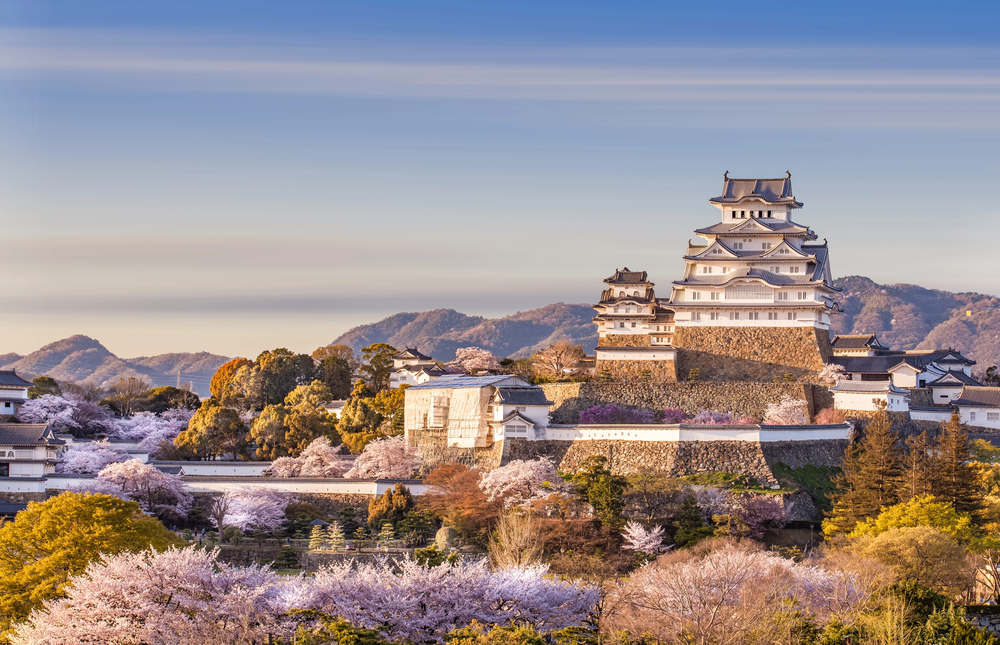
Japan’s most complete feudal castle complex preserves the sophisticated defensive architecture of the samurai era. The castle’s spiral layout forced attacking armies to expose their vulnerable right sides while climbing to the main keep.
Weapon racks in the castle still contain marks from where samurai stored their swords and spears. The complex includes hidden defensive positions and weapon arsenals that remained secret for centuries.
The castle’s white exterior earned it the nickname ‘White Heron’ and helped spot approaching enemies in darkness.
Great Wall Simatai

This remote section of China’s Great Wall preserves the original Ming Dynasty construction with minimal restoration. Soldiers stationed here developed specialized tactics for defending the steep mountain ridges and narrow passes.
The wall’s watchtowers still contain ancient warning beacon platforms used to signal enemy movements. Guards needed exceptional stamina to patrol these heights, with some sections rising at 70-degree angles.
The isolated location helps visitors imagine the harsh conditions ancient sentries endured.
Masada
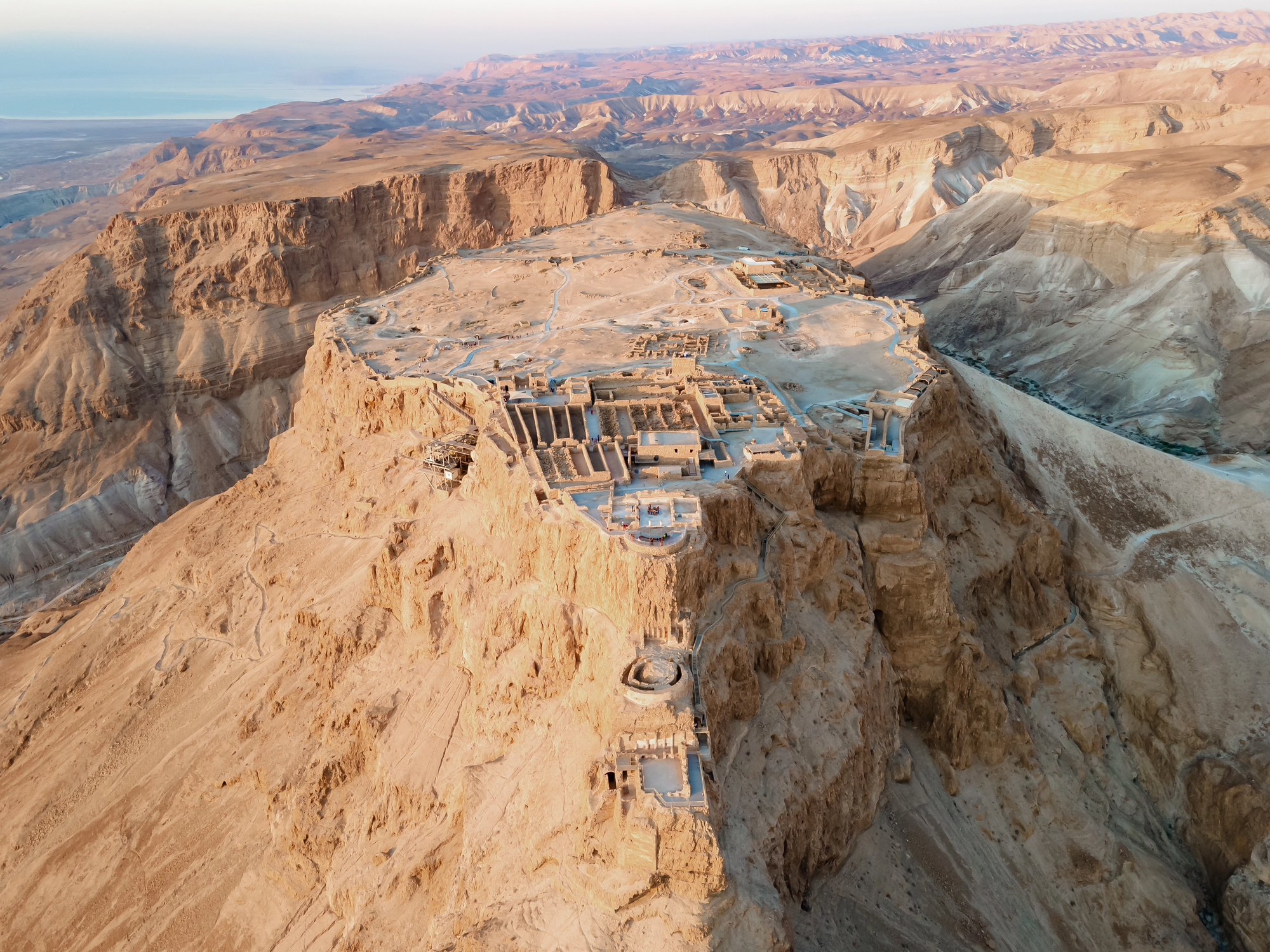
This mountaintop fortress in Israel witnessed the final stand of Jewish rebels against Roman legions in 73 CE. The siege ramp built by Roman engineers remains the world’s largest surviving Roman siege work.
Archaeological excavations have uncovered weapons, armor, and daily items used by both defenders and attackers. The site’s water systems and food storage facilities showcase advanced desert warfare preparation.
The morning hike up the snake path follows the same route ancient warriors used to access the fortress.
Like Travel Pug’s content? Follow us on MSN.
Maiden Castle
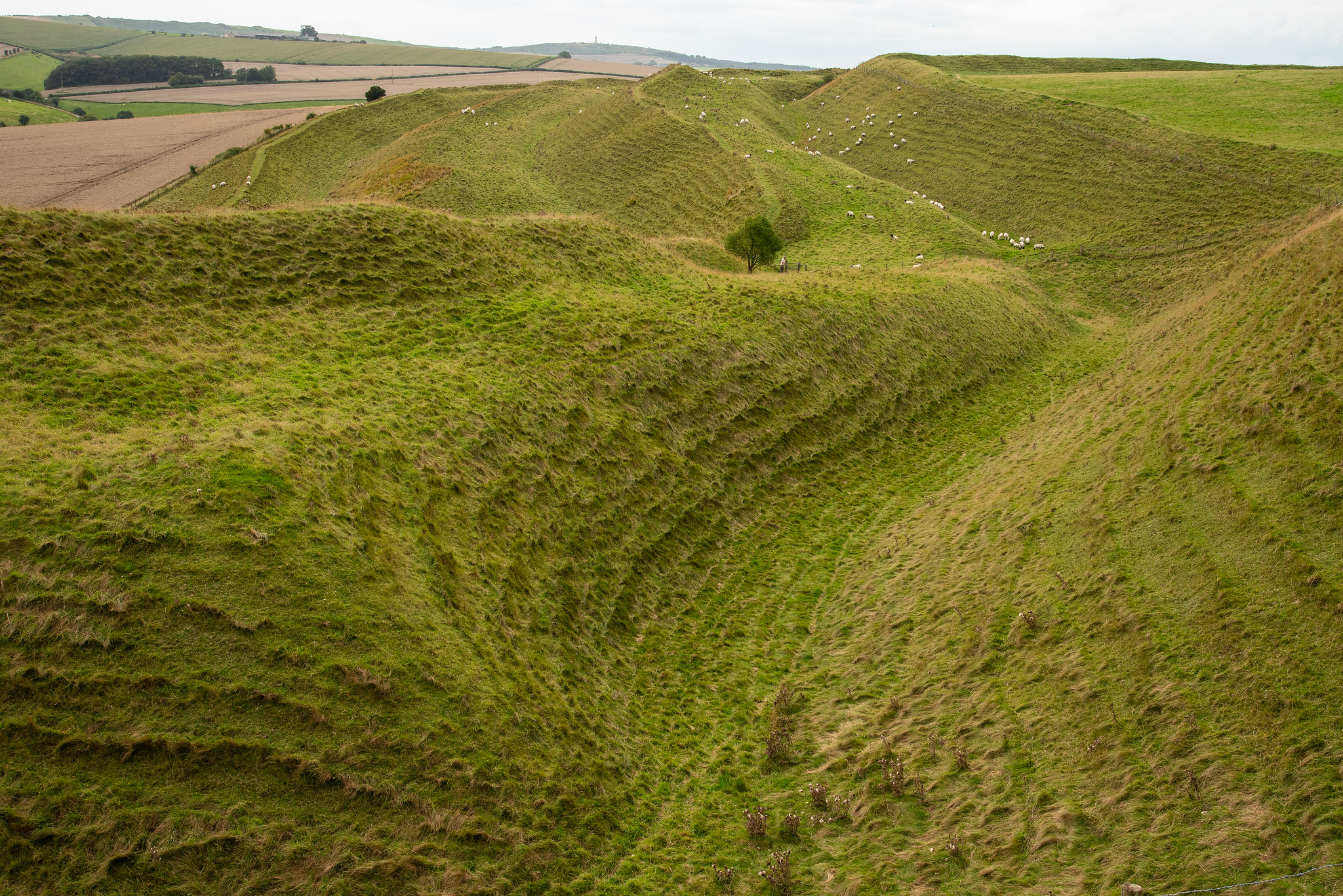
Britain’s largest Iron Age hillfort demonstrates the sophisticated military engineering of Celtic warriors. The massive earthwork defenses required thousands of workers to construct using primitive tools.
Archaeological evidence shows how defenders adapted their tactics as Roman artillery technology evolved. The fort’s multiple ramparts created killing zones where attackers faced constant harassment.
The site offers commanding views of the surrounding landscape making it strategically vital.
Troy
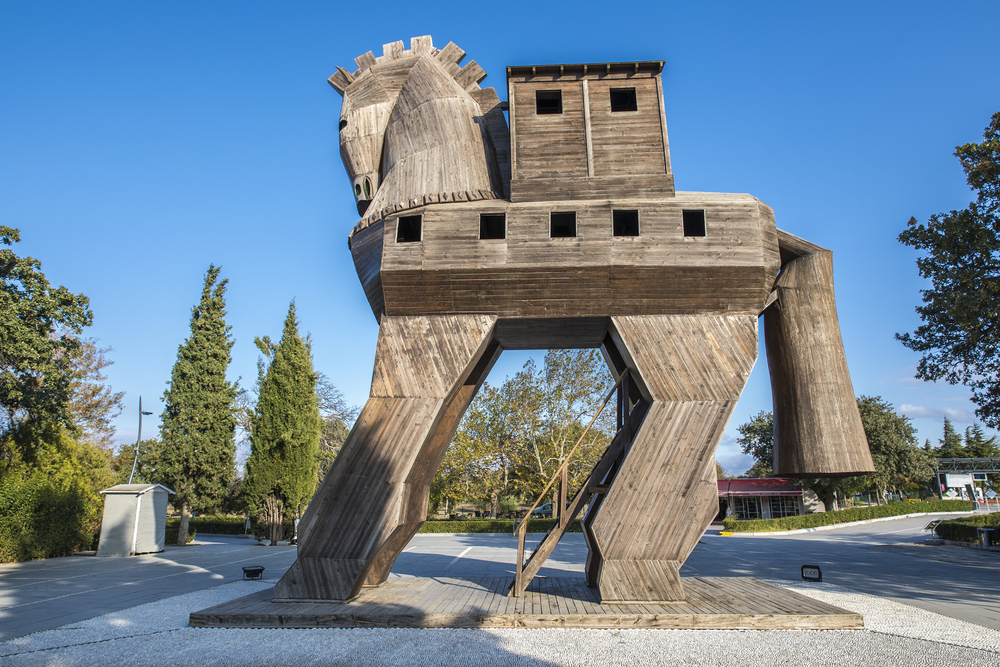
This legendary city in Turkey reveals nine different layers of ancient fortifications spanning 3,000 years. The massive walls that once frustrated the Greek army still stand up to 20 feet high in places.
Archaeological evidence supports Homer’s descriptions of Bronze Age warfare techniques. The site features both defensive positions and temples where warriors sought divine protection.
Visitors can view the same plain where ancient Greeks and Trojans battled for ten years.
Teotihuacan

This ancient Mexican metropolis contains evidence of warrior culture in its architecture and art. The site’s Jaguar and Eagle Warrior temples showcase military orders that combined combat with religious duties.
Murals depict warriors in elaborate costumes wearing armor made from exotic materials. Archaeological evidence reveals sophisticated weapons production using obsidian and other materials.
The Avenue of the Dead provided space for military parades and ceremonies.
Like Travel Pug’s content? Follow us on MSN.
Terracotta Warriors
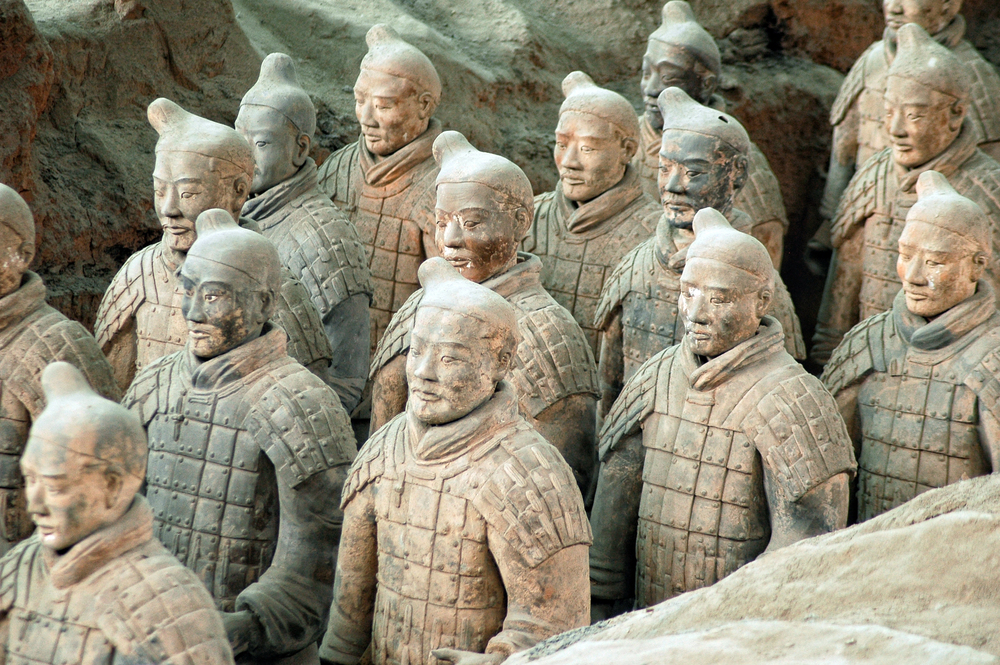
This massive tomb complex in China preserves an entire army frozen in eternal formation. Each warrior statue features unique facial features and equipment details showing military specializations.
The bronze weapons found with the warriors remain sharp after two millennia underground. Archaeological analysis reveals sophisticated mass production techniques for arms and armor.
The site demonstrates the military might that unified ancient China.
Gamla
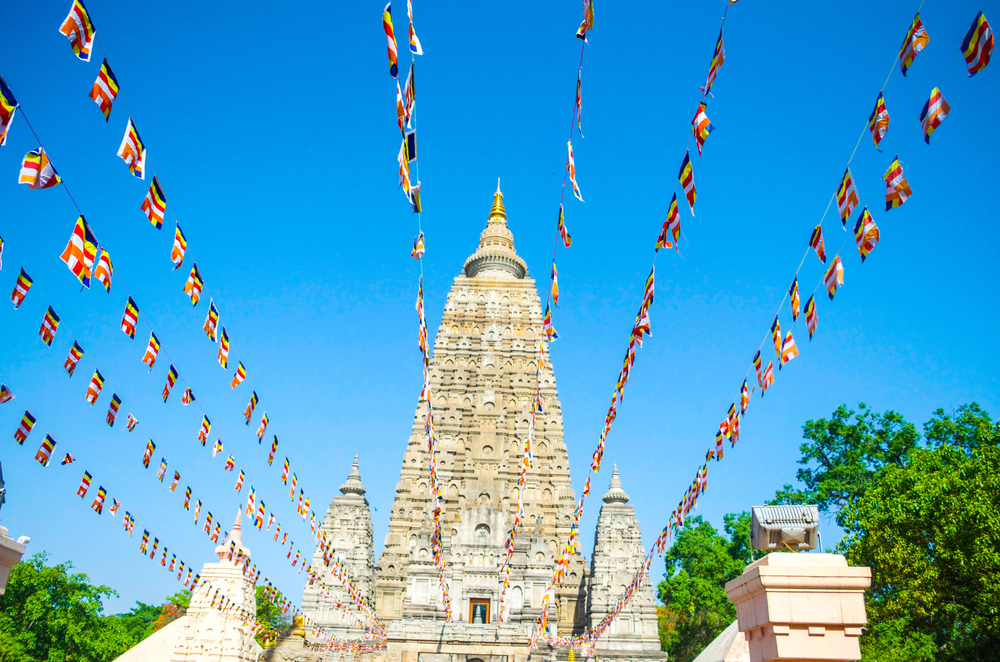
This Jewish fortress city in the Golan Heights features some of the best-preserved ancient battlefields. The cliffs that once protected defenders now allow visitors to understand ancient siege tactics.
Archaeologists have recovered hundreds of Roman ballista balls showing the intensity of the bombardment. The synagogue where warriors prayed before battle still stands within the city walls.
Visitors can trace the paths where both attackers and defenders maneuvered during the siege.
Vimose
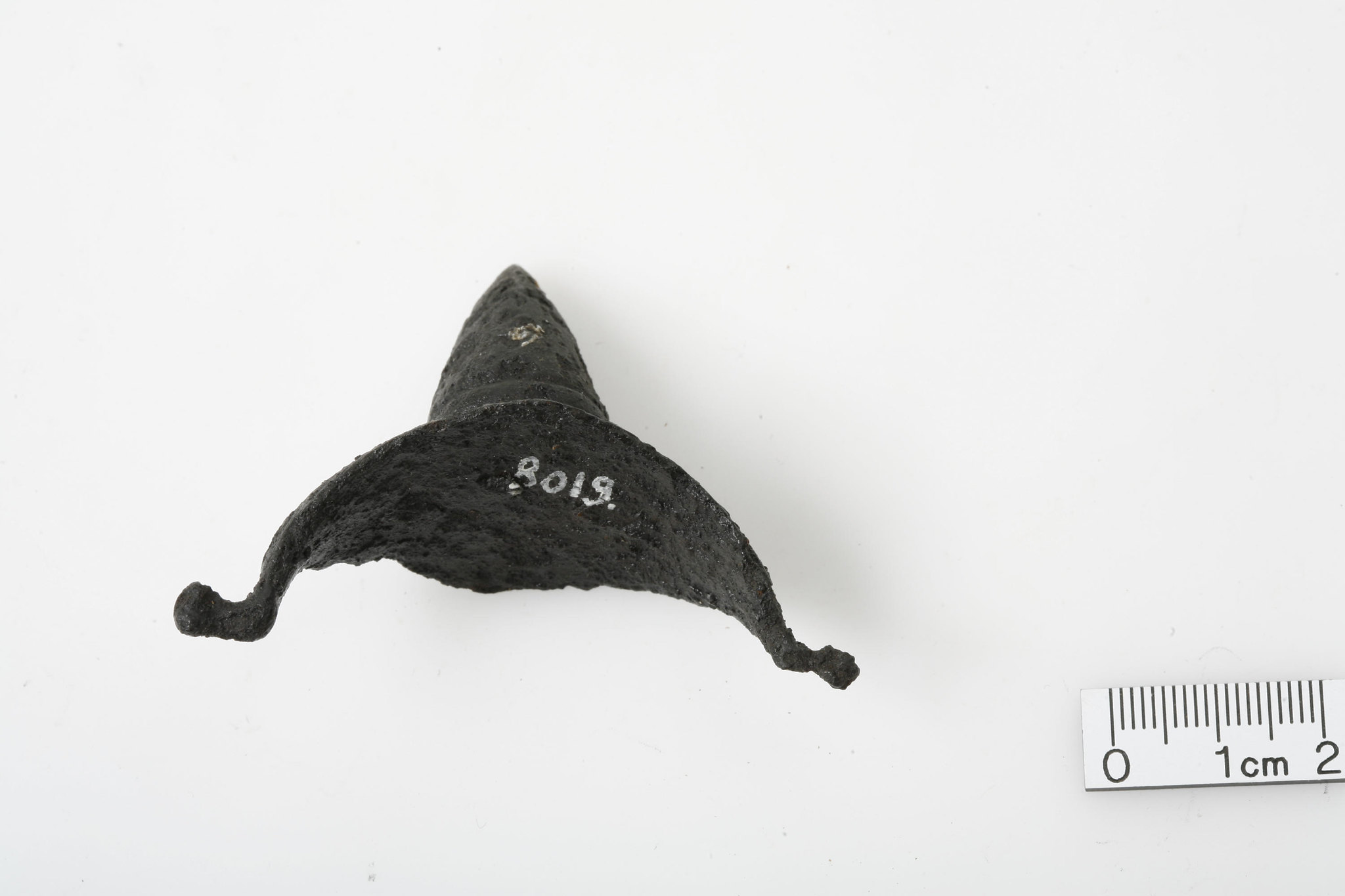
This Danish bog site preserved thousands of weapons and pieces of military equipment from Germanic warriors. The waterlogged conditions kept wooden weapon components and leather armor intact for nearly 2,000 years.
Archaeological evidence shows how warriors adapted Roman military technology to local conditions. The site contains objects from multiple centuries showing the evolution of Germanic warfare.
Visitors can handle replica weapons based on finds from the bog.
Like Travel Pug’s content? Follow us on MSN.
Mohenjo-daro
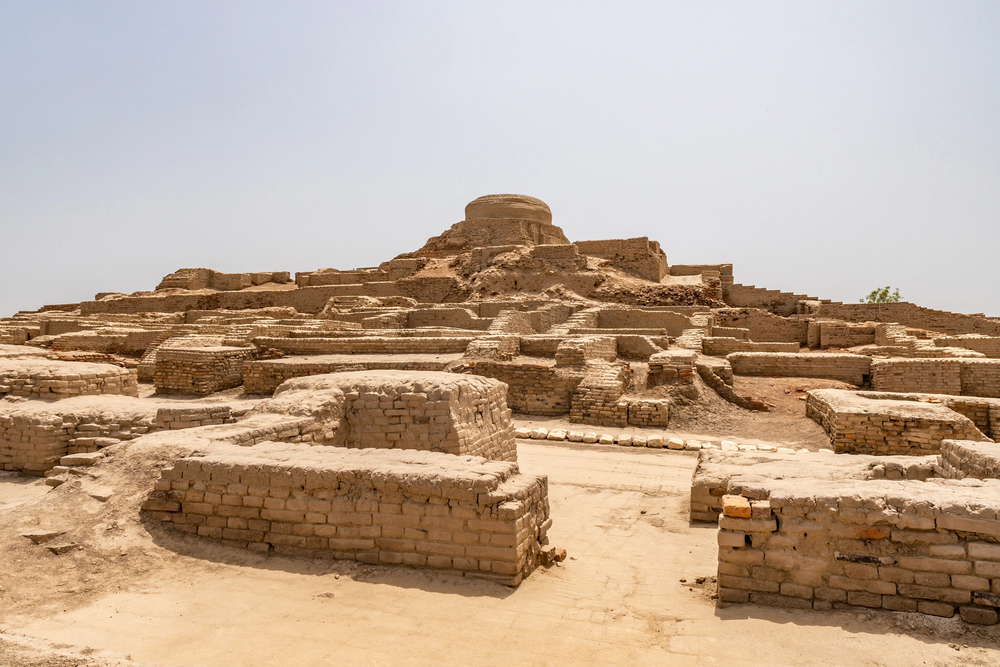
This ancient Indian city reveals some of the earliest evidence of organized warfare in South Asia. The citadel’s defensive works show a sophisticated understanding of military architecture.
Archaeological evidence suggests the city fell to invaders who used advanced bronze weapons. The site contains weapons and armor showing the transition from stone to metal military technology.
The layout demonstrates how early urban planners considered military defense essential.
Heuneburg
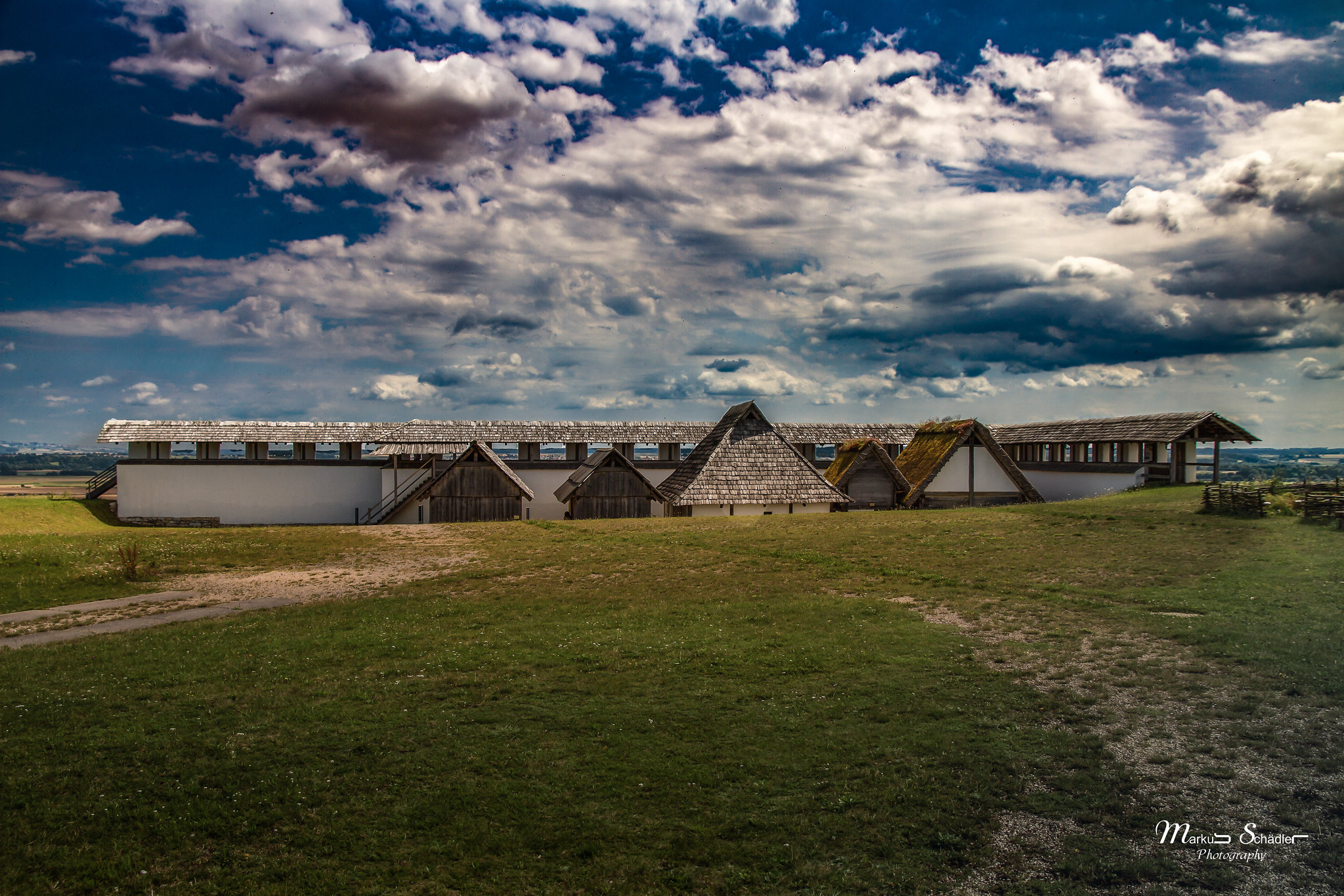
This Celtic fortress in Germany provides insights into Iron Age European warfare. The massive walls combined timber, earth, and stone in sophisticated defensive works.
Archaeological evidence shows how warriors adapted Greek military technology to local conditions. The site contains workshops where specialized artisans produce weapons and armor.
Visitors can understand how defenders used the natural terrain to their advantage.
Huaca del Sol
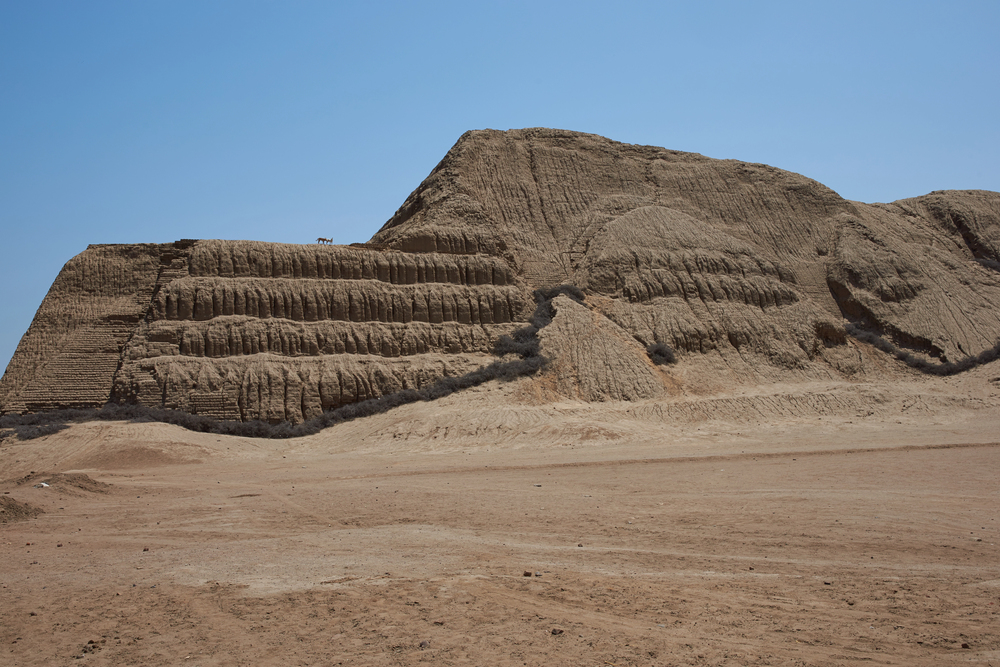
This massive Peruvian pyramid complex contains evidence of Moche warrior culture. Murals depict elaborate combat rituals and military ceremonies that governed warfare.
Archaeological finds include sophisticated weapons showing advanced metallurgy skills. The site demonstrates how military and religious authority combined in ancient Peru.
Visitors can view the desert battlefield where warriors once clashed.
Like Travel Pug’s content? Follow us on MSN.
Beiting Protectorate
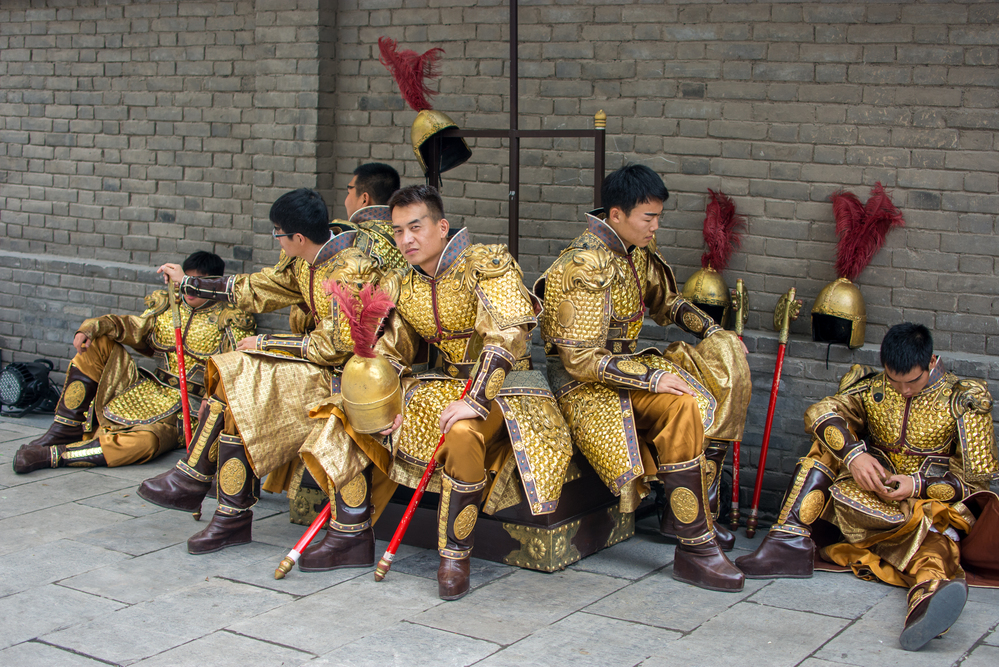
This frontier fortress in western China protected the Silk Road for over 1,000 years. Soldiers stationed here developed specialized tactics for desert warfare and mounted combat.
Archaeological evidence shows how warriors adapted their equipment for extreme conditions. The site contains workshops where armorers repaired and maintained military equipment.
Visitors can experience the harsh environment ancient warriors endured.
Ksar
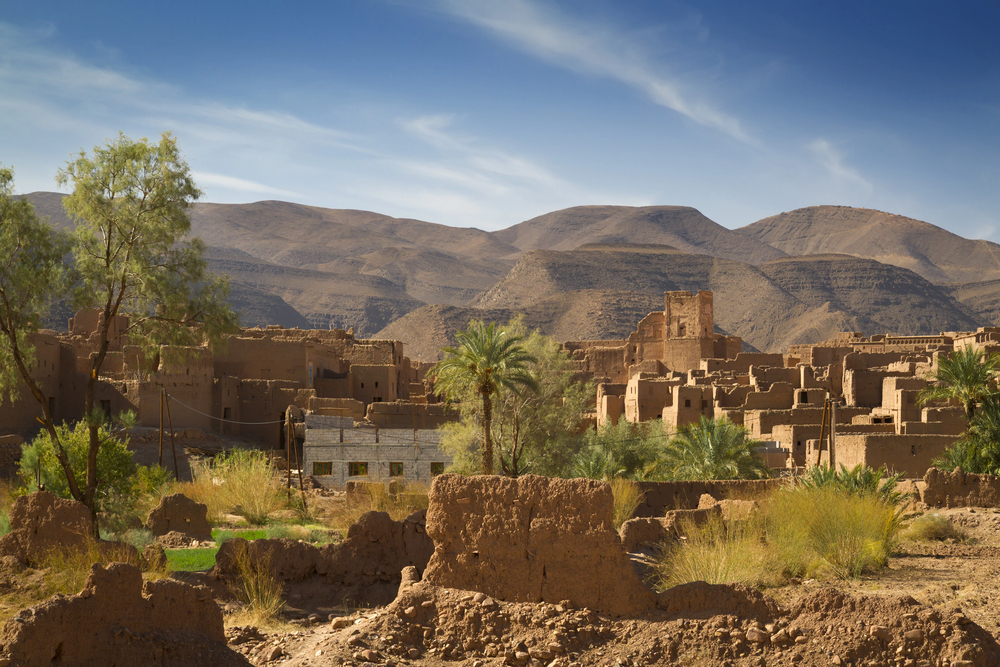
This Moroccan fortress preserves medieval Berber warrior architecture in the Atlas Mountains. The complex defensive works forced attackers into narrow passages easily defended from above.
Warriors developed specialized techniques for defending and attacking these unique fortifications. The site demonstrates how builders adapted military architecture to local materials and conditions.
Visitors can explore the same narrow passages where warriors once fought.
Taxila
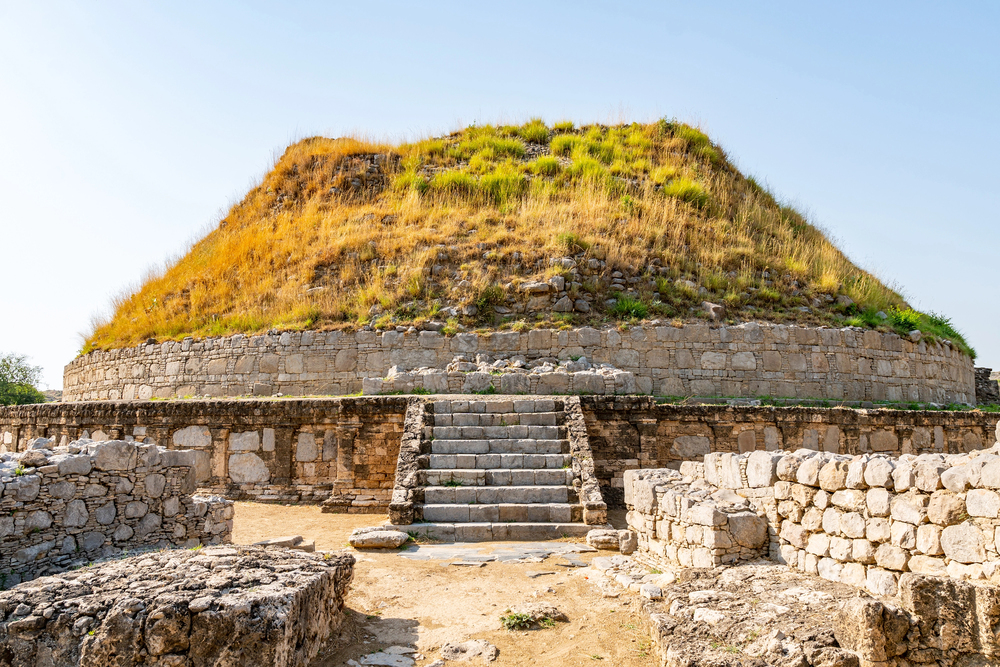
This ancient Pakistani city contains evidence of multiple warrior cultures over three millennia. The site preserves Greek, Persian, and local military architectural styles and technologies.
Archaeological finds show how warriors adapted and combined different military traditions. The complex contains multiple defensive works showing the evolution of fortification design.
Visitors can trace the development of South Asian warfare techniques.
Like Travel Pug’s content? Follow us on MSN.
Arkona
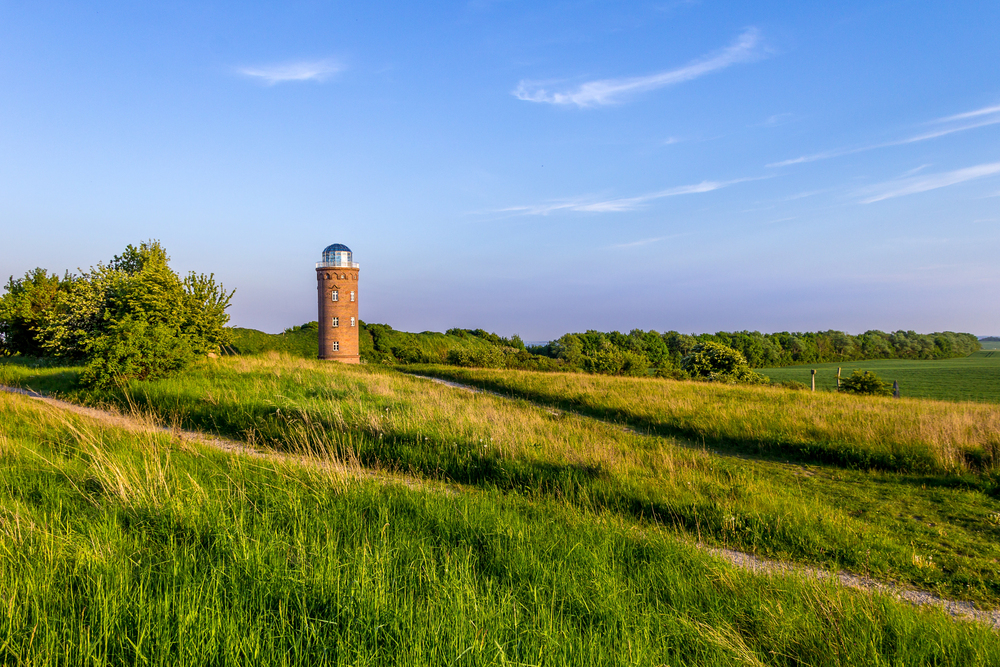
This German fortress preserves evidence of Slavic warrior culture on the Baltic Sea. The massive earthwork defenses required sophisticated engineering knowledge to construct.
Archaeological evidence shows how warriors defended against both land and sea attacks. The site contains temples where warriors performed pre-battle rituals.
Visitors can understand how defenders used the coastal location to their advantage.
Dun Aengus
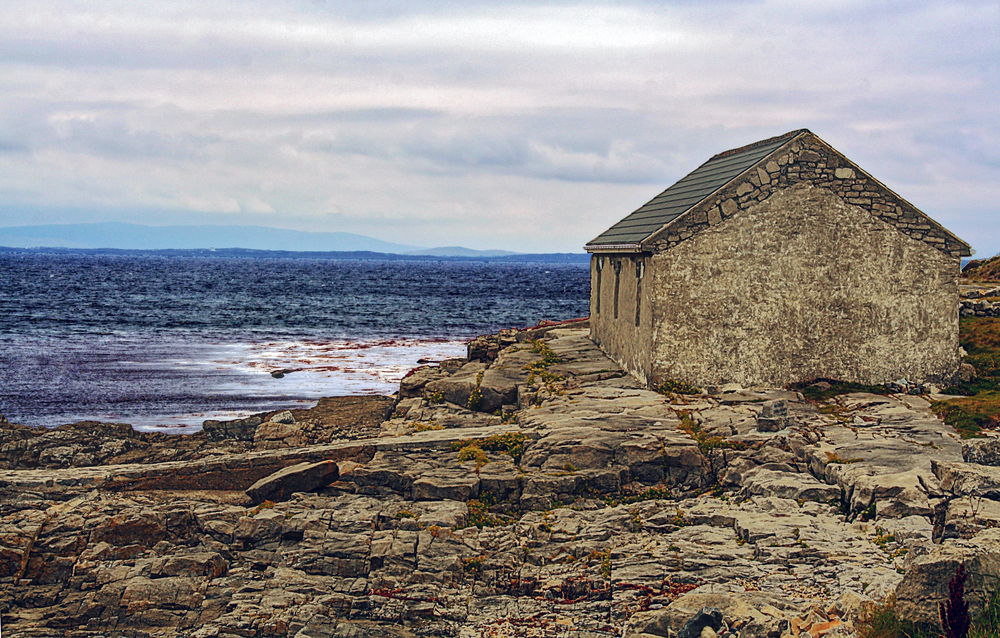
This Irish stone fort demonstrates the sophisticated military engineering of Celtic warriors. The massive walls included defensive features specifically designed to break up attacking formations.
Archaeological evidence suggests the site hosted warrior training and rituals. The dramatic coastal location offered both defensive advantages and ceremonial significance.
Visitors can experience the same windswept battlements that ancient warriors defended.
Mycenae
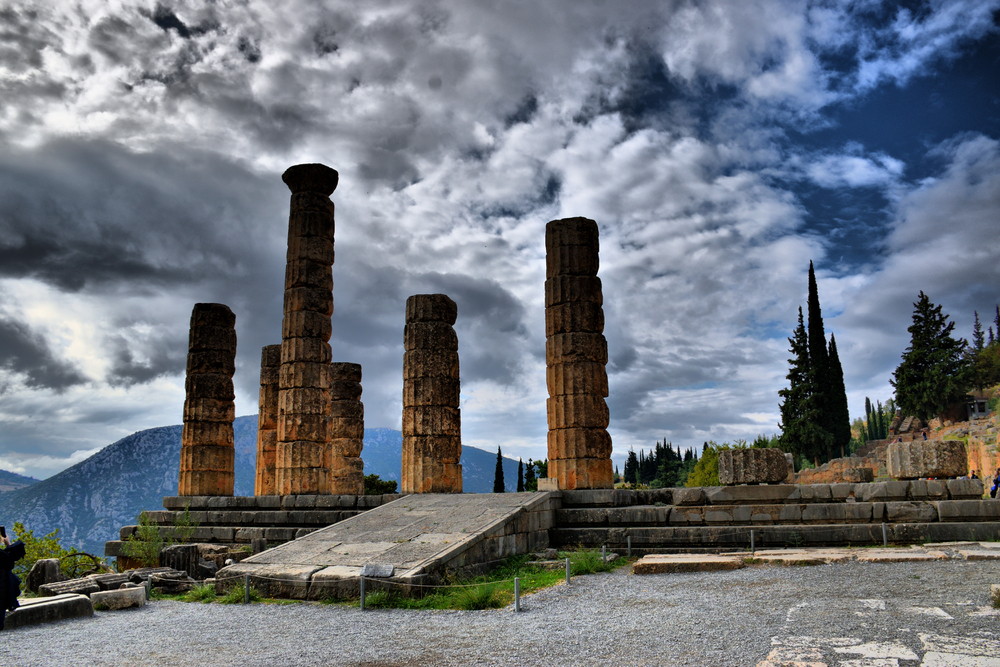
This ancient Greek citadel preserves the military architecture of Homer’s legendary warrior kings. The massive stone walls, built from blocks so large later Greeks believed only Cyclops could have moved them, demonstrate Bronze Age engineering capabilities.
Archaeological evidence includes sophisticated weapons and armor that match descriptions in the Iliad. The famous Lion Gate still guards the entrance where ancient warriors passed under the gaze of these powerful symbols.
The site’s commanding position reveals why it dominated the surrounding territory for centuries.
Like Travel Pug’s content? Follow us on MSN.
Paths of Ancient Combat
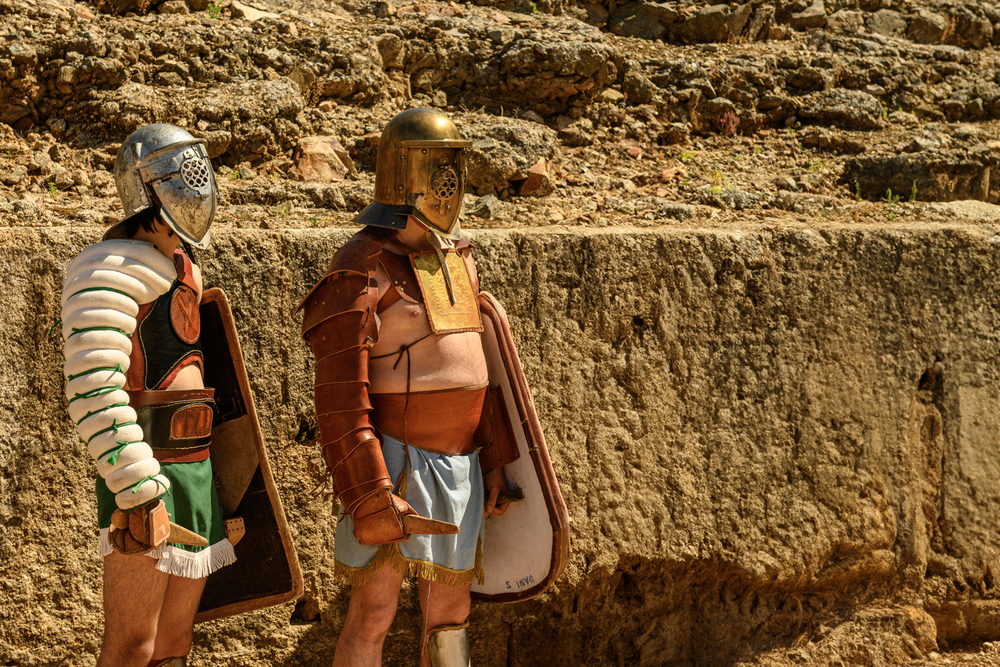
These sites preserve more than just military history – they offer windows into how warriors lived, fought, and died across the centuries. Modern archaeological techniques continue to reveal new details about ancient combat methods and warrior cultures.
These locations remind us that the principles of strategy, courage, and sacrifice transcend time. Their preservation allows new generations to understand and learn from humanity’s martial heritage.
More from Travel Pug

- 20 Towns Built for One Purpose That Were Later Abandoned
- 15 Hidden Spots in Disney World’s Magic Kingdom Most Visitors Miss
- 20 Photos of the World’s Most Beautiful Glacial Lakes
- 15 Canyons in the U.S. That Are Just as Stunning as the Grand Canyon
- 10 Under-the-Radar Mountain Towns That Are Both Affordable and Beautiful
Like Travel Pug’s content? Follow us on MSN.
